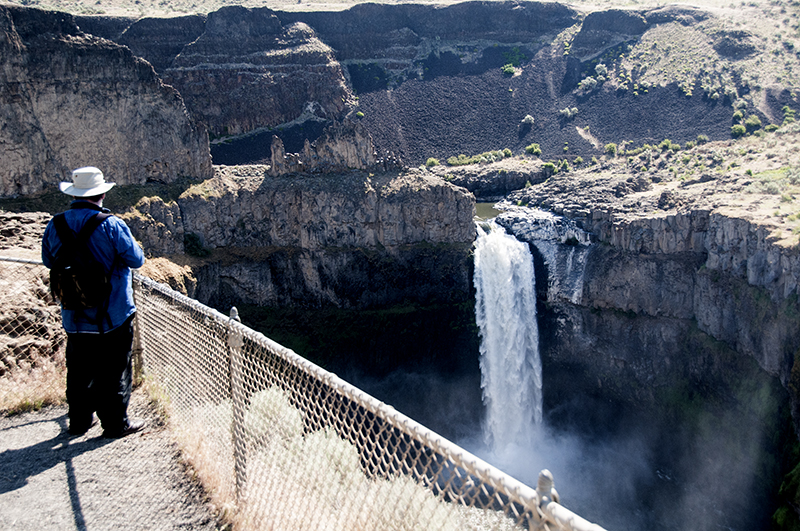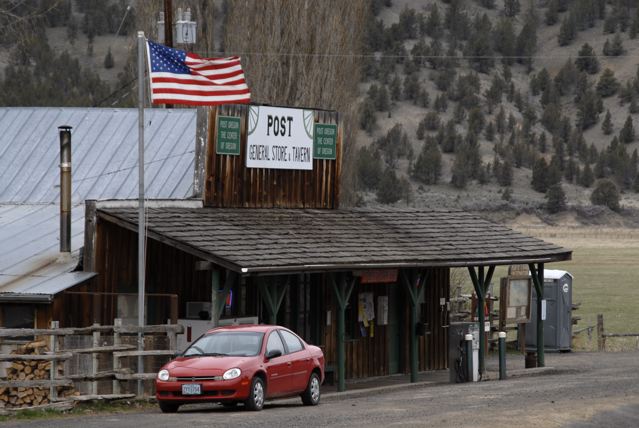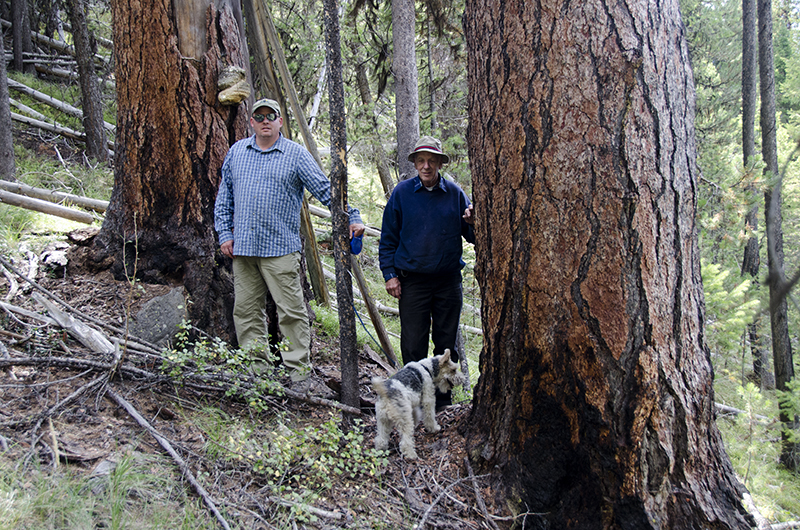
12/18/2011
“What do you think?” said Marvin, “The newspaper reported a Snowy Owl has been sighted near Burns. Maybe we can catch a photo of a bird rarely seen in Oregon.”
“It is the middle of December,” I replied, “and typically really, really cold in the high desert… It’s 334 miles from here to Burns… a long drive in winter conditions… through the Cascade mountains… snow on the ground… ice on the roads… but traffic cams show roads clear of snow… It’s a pretty crazy thing for a couple of old codgers from the valley to do… Let’s go for it. We have a reputation to uphold.”
“That owl will draw a lot of attention from bird watchers… we may need reservations to stay in Burns… Be sure to bring your arctic parka and mittens… maybe a pair of long-johns.”
Marvin secured reservations at our favorite motel in Burns… we loaded our gear into my 4WD Blazer and headed for Harney County. As reported the highway was clear of ice and snow so we enjoyed a scenic drive across the state of Oregon… mid-winter… didn’t need to use tire chains.
“The paper said the owl was seen at milepost six on highway 78 south of Burns… that’s been over a week ago… do you suppose the owl will still be there?”
“Let’s drive out to mile post six and look… we don’t have better information. If it is not there we can go to plan B.”
Sure enough… milepost six… perched on a fence-post next to the road… oblivious to traffic on the highway and cars stopping to park roadside… ignoring camera-toting birdwatchers striving for a better close-up shot… sat a Snowy Owl… apparently reveling in the attention it was receiving.
We exhausted the sweet light of sunset, collecting great shots of the Snowy owl… perched like a statue on a fence-post.
We came back the next morning and exhausted the sweet light of sunrise… we collected more great shots of the Snowy owl… perched like a statue on a fence-post.
The owl occasionally shifted its feet and occasionally swiveled its head to look around but otherwise there wasn’t much action.
“What is our plan B?” said Marvin, “Maybe…”
“Good idea.” I said, starting the engine of the car. “We can head over to the Malheur Refuge and check the action there. We might see something interesting.”
story and photo byLarry






